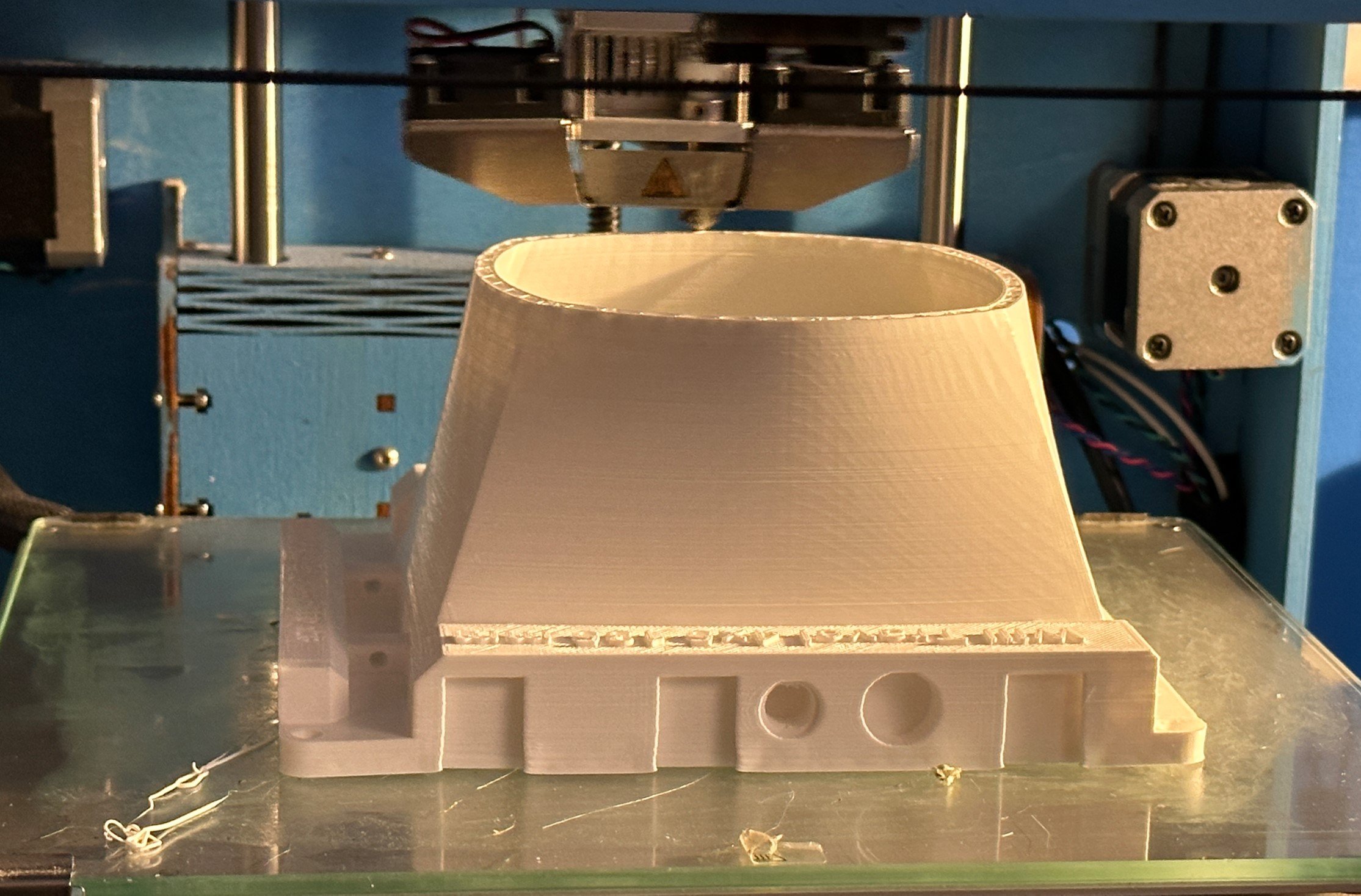Camera Comedy Capers
/I’ve started the images with the one that worked properly
It was a nice afternoon. So I suggested that we take a big 4x5 large format camera over to the Humber Bridge and take some pictures. And have an ice cream. So we did.
It didn’t go that smoothly. We had trouble fitting the film magazines onto the back of the camera because I’d forgotten how the fixings worked, and then I managed to take not just two, but three pictures on the same frame.
This would probably have worked if my shirt had kept out of the picture.
The capers didn’t end when we got home. I managed to load two frames into one side of the film holder in the developer tank, leading to some partial development and really interesting coloured marks on the negative.
I think the camera got shifted when we put the film in. We really should have both towers in the picture.
Oh well. At least the ice-cream was nice.








